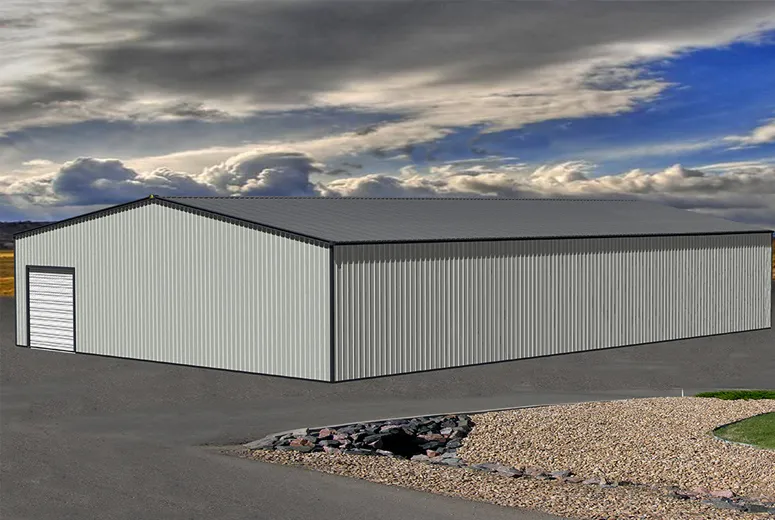- Afrikaans
- Albanian
- Amharic
- Arabic
- Armenian
- Azerbaijani
- Basque
- Belarusian
- Bengali
- Bosnian
- Bulgarian
- Catalan
- Cebuano
- Corsican
- Croatian
- Czech
- Danish
- Dutch
- English
- Esperanto
- Estonian
- Finnish
- French
- Frisian
- Galician
- Georgian
- German
- Greek
- Gujarati
- Haitian Creole
- hausa
- hawaiian
- Hebrew
- Hindi
- Miao
- Hungarian
- Icelandic
- igbo
- Indonesian
- irish
- Italian
- Japanese
- Javanese
- Kannada
- kazakh
- Khmer
- Rwandese
- Korean
- Kurdish
- Kyrgyz
- Lao
- Latin
- Latvian
- Lithuanian
- Luxembourgish
- Macedonian
- Malgashi
- Malay
- Malayalam
- Maltese
- Maori
- Marathi
- Mongolian
- Myanmar
- Nepali
- Norwegian
- Norwegian
- Occitan
- Pashto
- Persian
- Polish
- Portuguese
- Punjabi
- Romanian
- Russian
- Samoan
- Scottish Gaelic
- Serbian
- Sesotho
- Shona
- Sindhi
- Sinhala
- Slovak
- Slovenian
- Somali
- Spanish
- Sundanese
- Swahili
- Swedish
- Tagalog
- Tajik
- Tamil
- Tatar
- Telugu
- Thai
- Turkish
- Turkmen
- Ukrainian
- Urdu
- Uighur
- Uzbek
- Vietnamese
- Welsh
- Bantu
- Yiddish
- Yoruba
- Zulu
Oct . 31, 2024 12:26 Back to list
Designing a Steel Frame Shed A Comprehensive Guide
Steel frame sheds have become increasingly popular due to their durability, versatility, and efficient construction process. Whether for personal use, commercial storage, or agricultural purposes, a well-designed steel frame shed can tailor to specific needs while providing long-lasting performance. In this article, we will explore the essential aspects of designing a steel frame shed, covering considerations from planning to construction.
1. Planning and Purpose
Before diving into the design, it’s essential to clearly define the purpose of the shed. Are you looking for a storage space for tools and equipment, a workshop, or perhaps a hobby area? Understanding the intended use will directly influence the size, layout, and features needed in the design. Additionally, consider local zoning laws and building codes, as these regulations can dictate the shed's dimensions and placement on your property.
2. Size and Layout
Once you’ve identified the purpose, the next step is determining the size and layout of the shed. Start by measuring the available space on your property and plotting out the dimensions of the shed. Remember to account for any additional space you may need for access around the shed, as well as future expansion if necessary. The layout should also take into consideration the placement of doors, windows, and ventilation systems to enhance functionality and accessibility.
Steel frames are renowned for their strength and longevity, making them an excellent choice for shed construction. In addition to the frame, it’s important to select appropriate materials for the walls, roof, and floor. Options like corrugated metal, insulated panels, or even wood can be considered, depending on your insulation needs and aesthetic preferences. Choose materials that are resistant to corrosion and weathering to ensure your shed's longevity.
steel frame shed design

4. Structural Design
The structural design of the shed is crucial for its stability. A properly engineered steel frame will be able to withstand various environmental factors, including wind, snow load, and seismic activity. Collaborating with a structural engineer can provide peace of mind, ensuring that your design meets safety standards and can endure the local climate conditions.
5. Aesthetic Considerations
While functionality is key, aesthetic considerations should not be overlooked. The exterior finish, color, and roof style can all contribute to the overall appearance of the shed, allowing it to harmonize with existing structures on your property. Landscaping around the shed can enhance its visual appeal and integrate it into your outdoor space.
6. Construction Process
Once the design is finalized, you can proceed to the construction phase. Depending on your expertise, you may choose to build the shed yourself or hire a professional contractor. Ensure that the foundation is solid and level, which is crucial for the longevity of the structure. Attention to detail during the assembly will ensure that the shed remains sturdy and functional for years to come.
In conclusion, designing a steel frame shed involves careful planning, thoughtful material selection, and attention to structural integrity and aesthetics. By following these guidelines, you can create a durable and functional space that meets your needs and enhances your property. Whether for storage or a workshop, a well-designed steel frame shed can be a valuable addition to any home or business.
-
How Do Prefabricated Steel Structures Transform Modern Construction?
NewsJul.14,2025
-
How Do Prefabricated Metal Buildings Redefine Modern Construction?
NewsJul.14,2025
-
How Do Prefab Insulated Metal Buildings and Steel Structures Revolutionize Modern Construction?
NewsJul.14,2025
-
How Do Pre - Engineered Steel Structures Redefine Modern Construction?
NewsJul.14,2025
-
Advancing Modular Construction with Prefabricated Metal Structures
NewsJul.14,2025
-
Advancing Industrial Infrastructure with Prefabricated Steel Solutions
NewsJul.14,2025
Products categories
Our Latest News
We have a professional design team and an excellent production and construction team.












